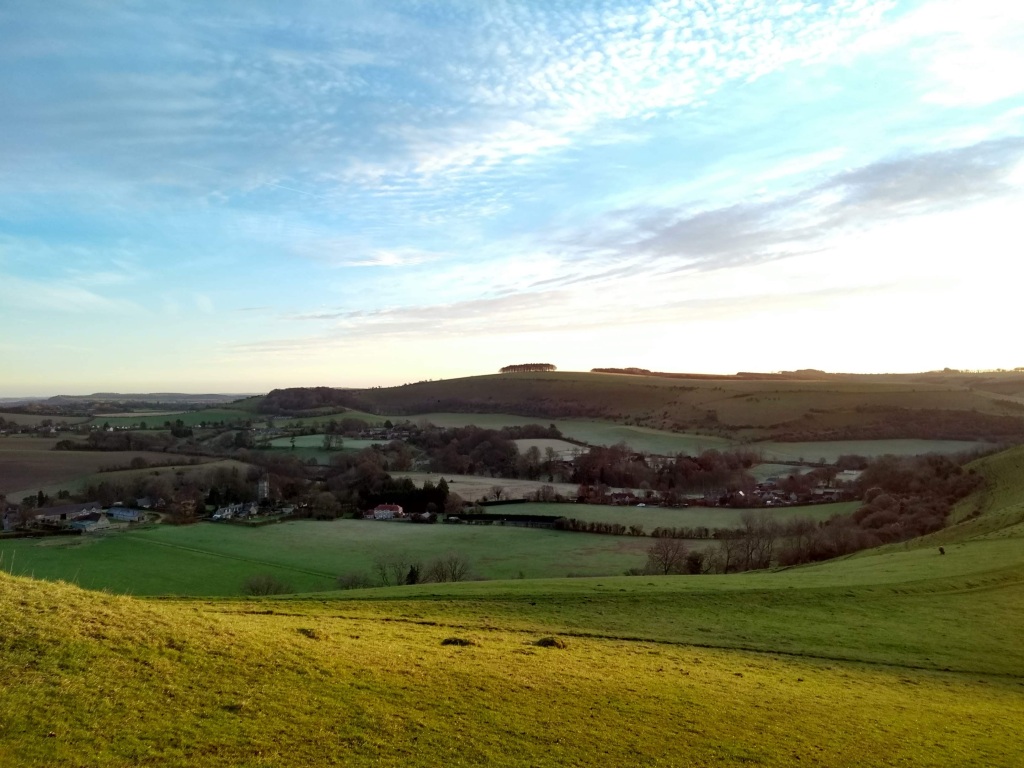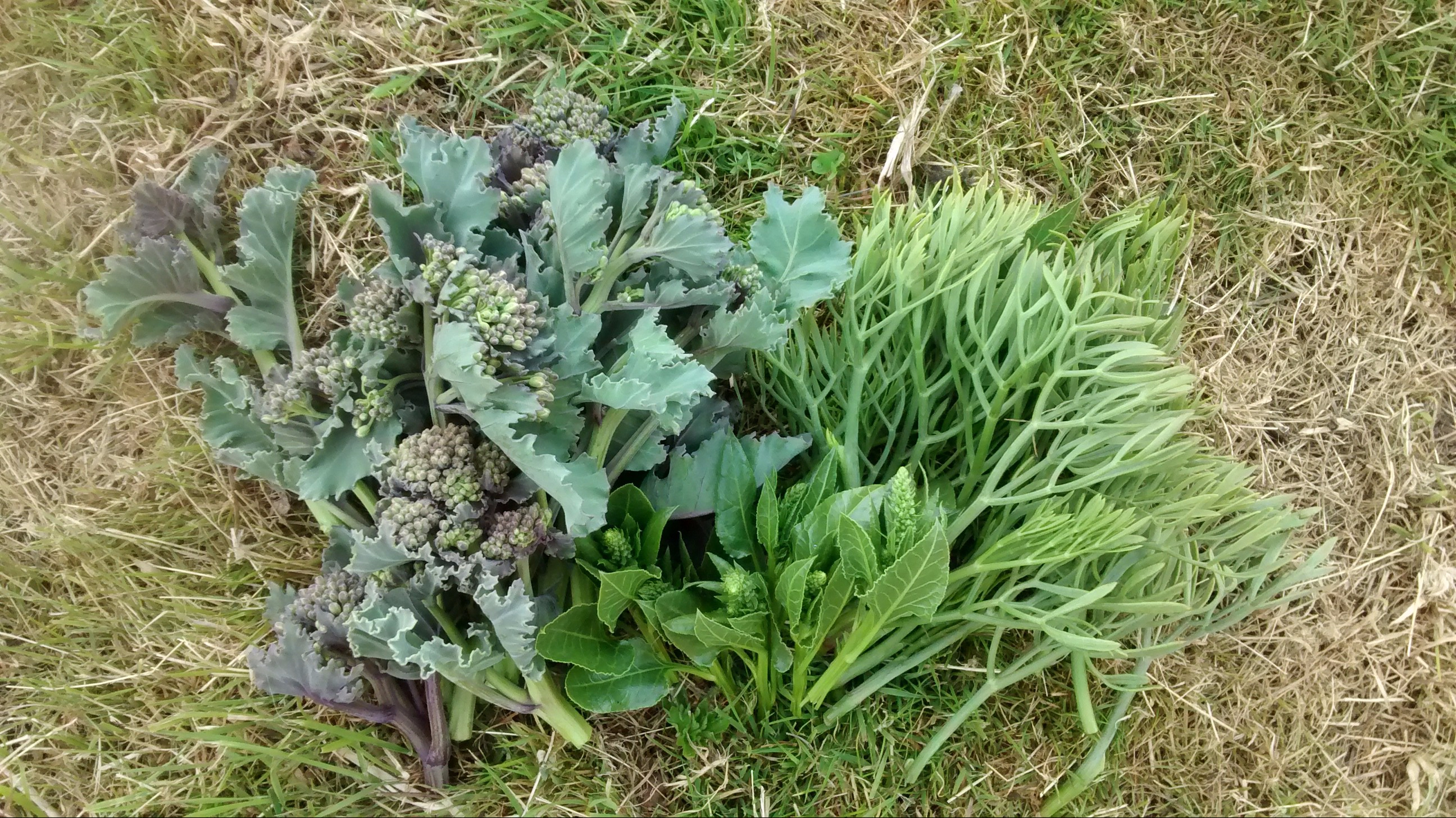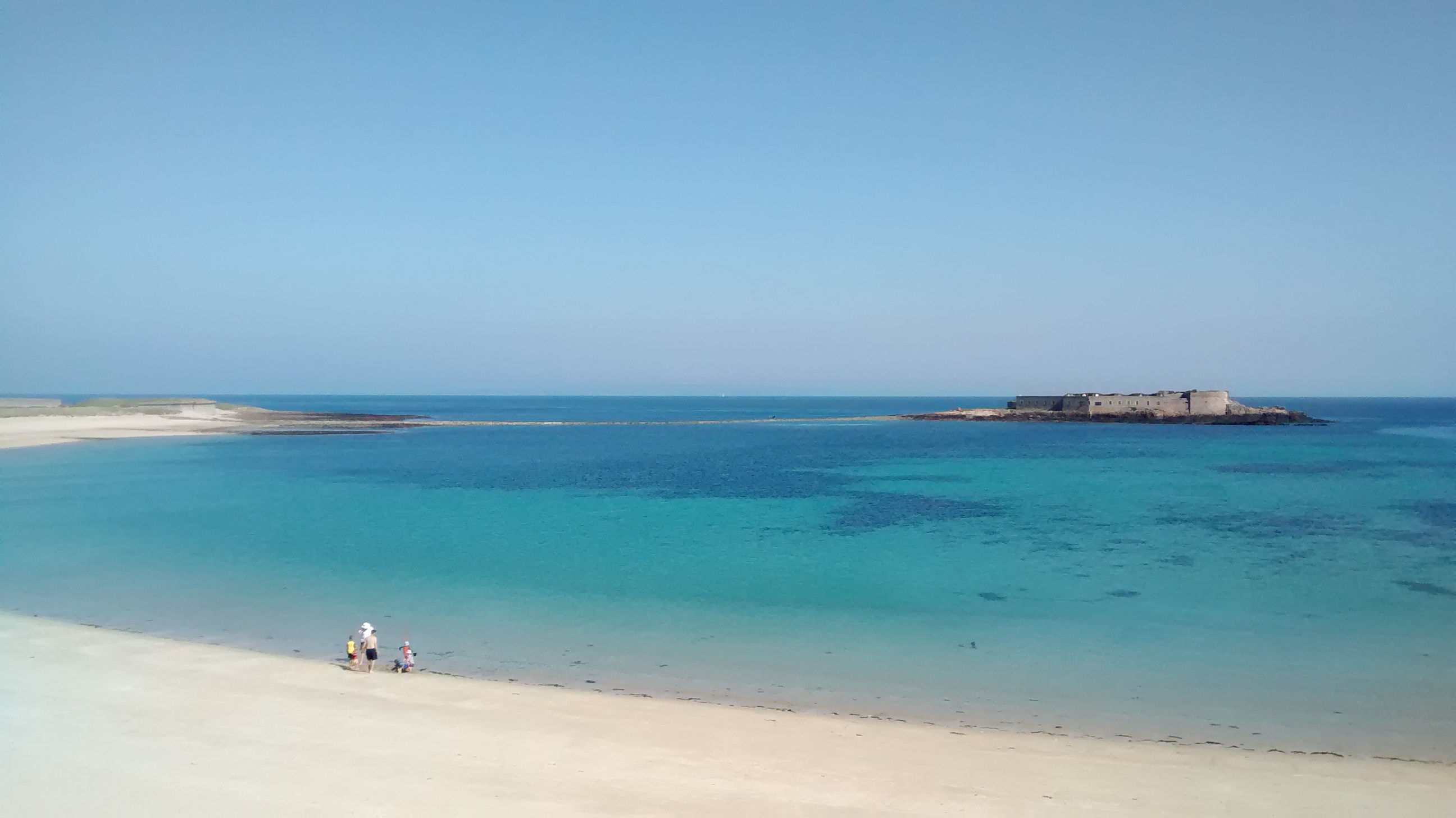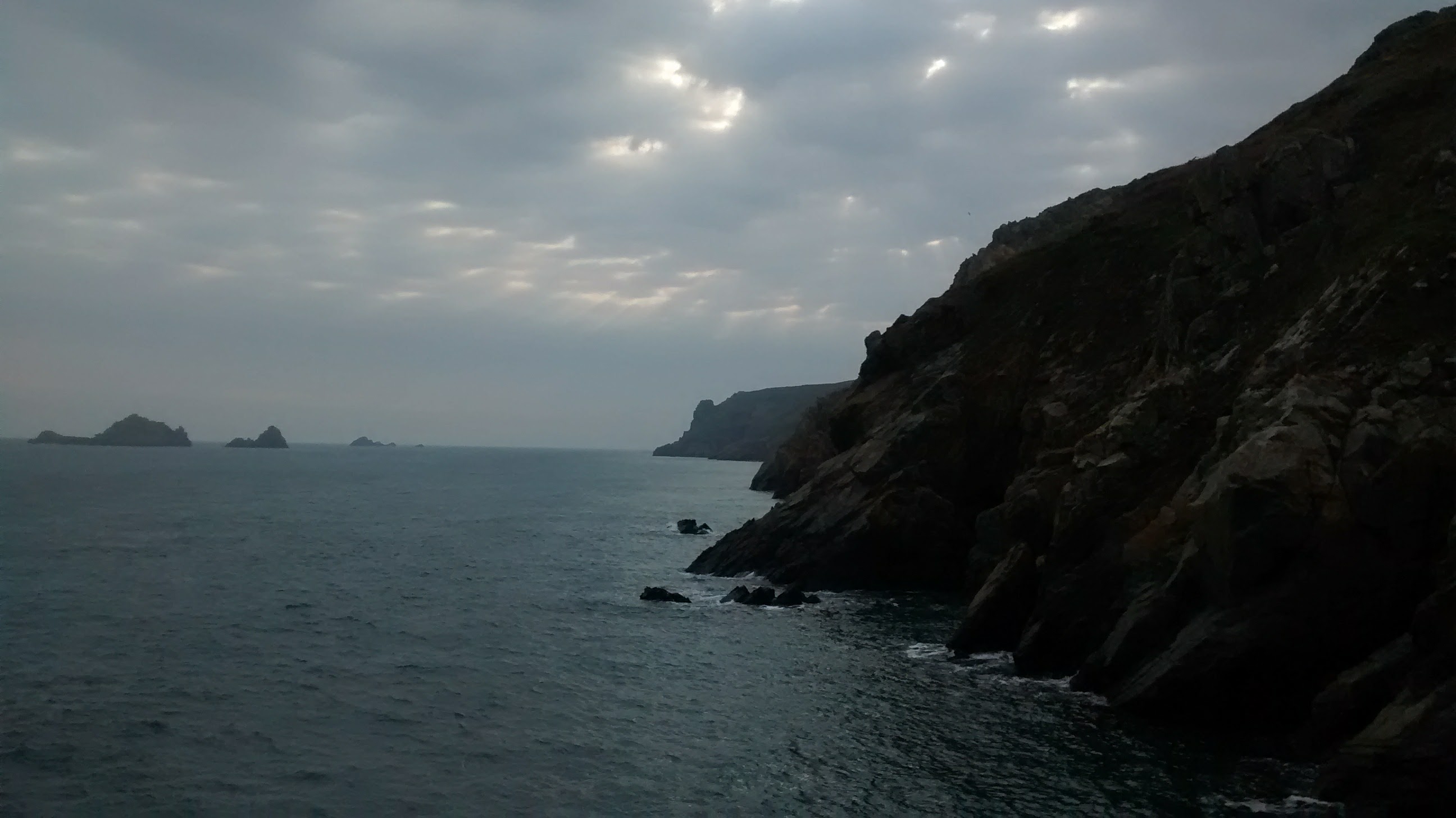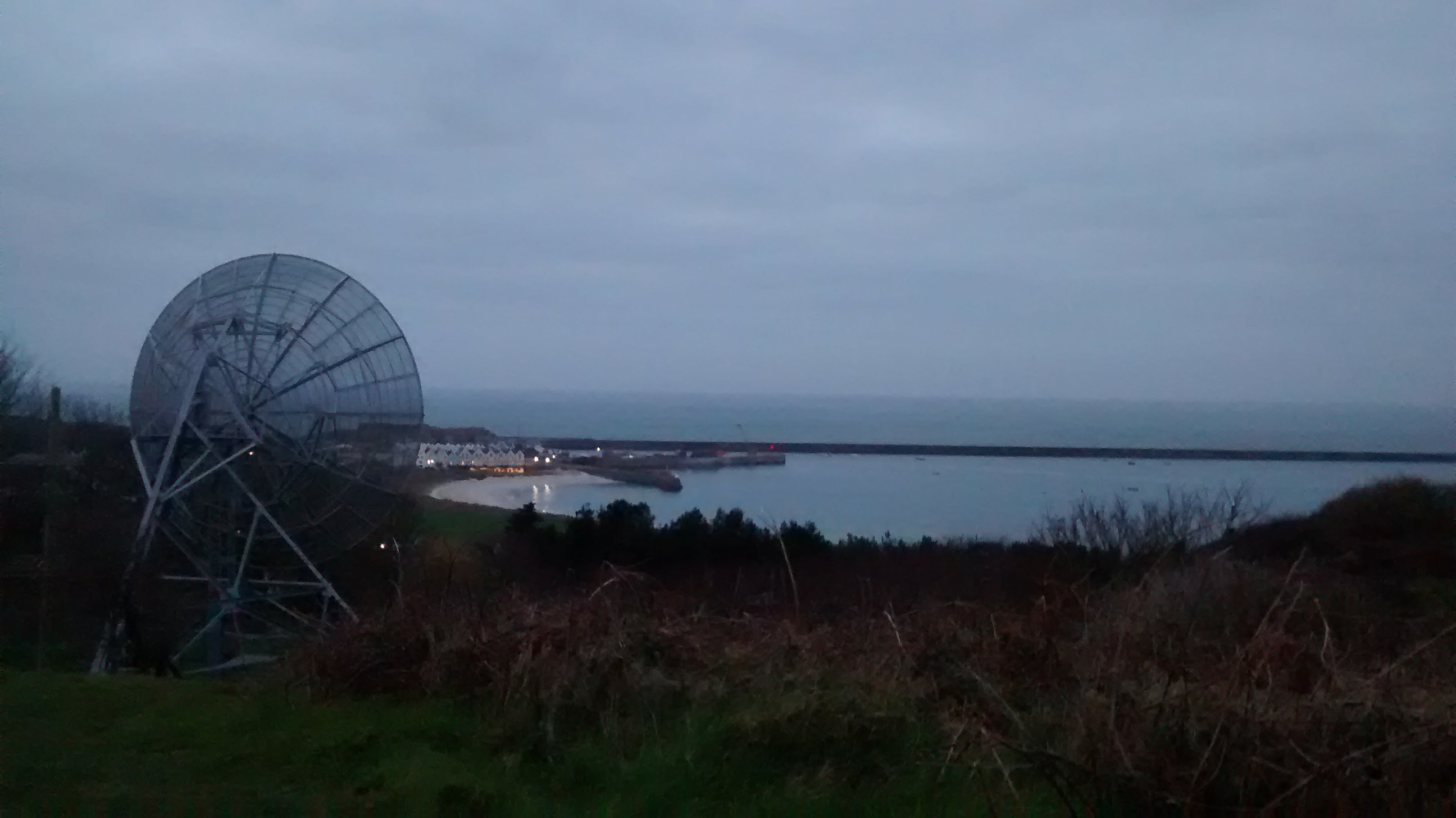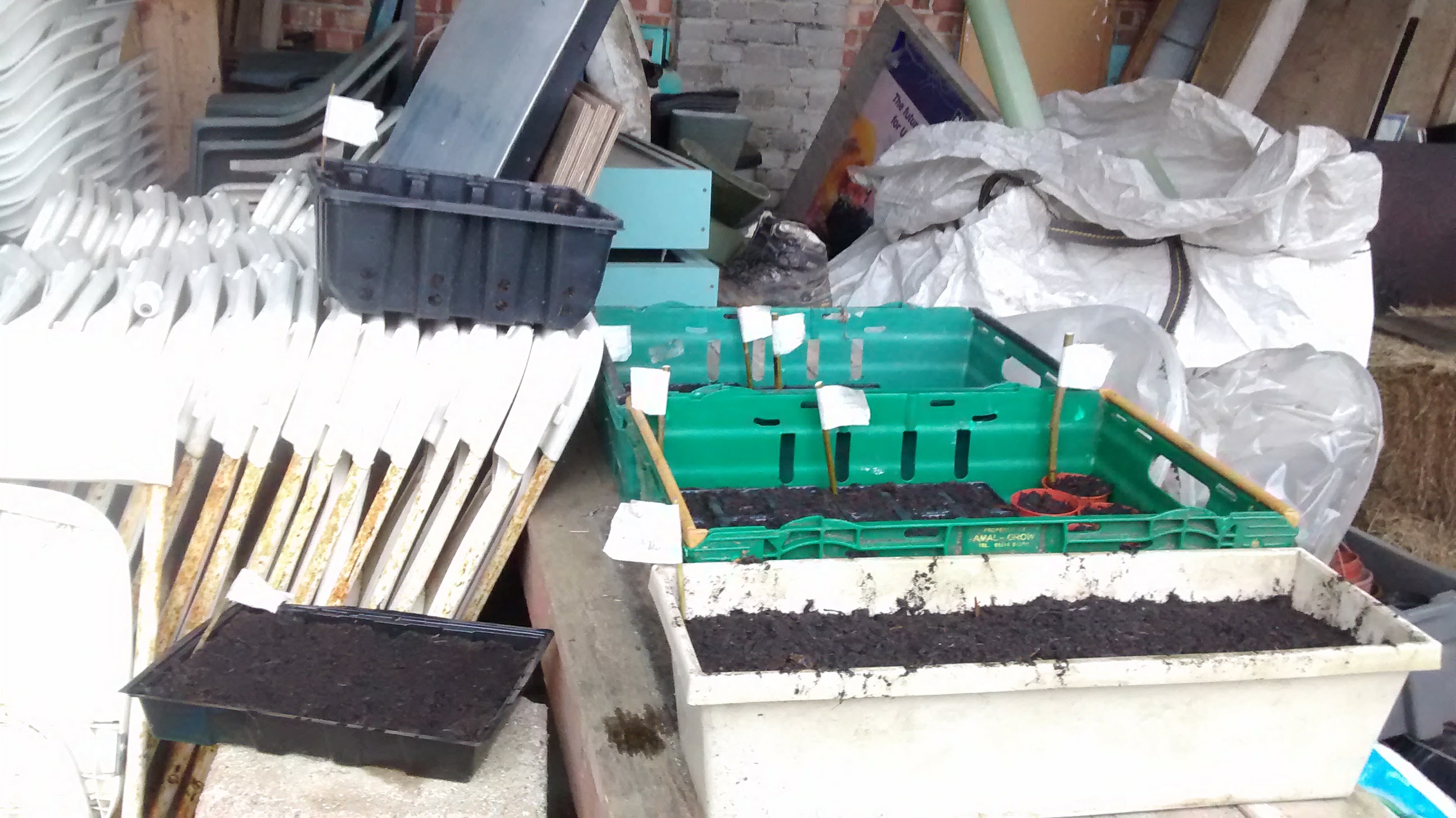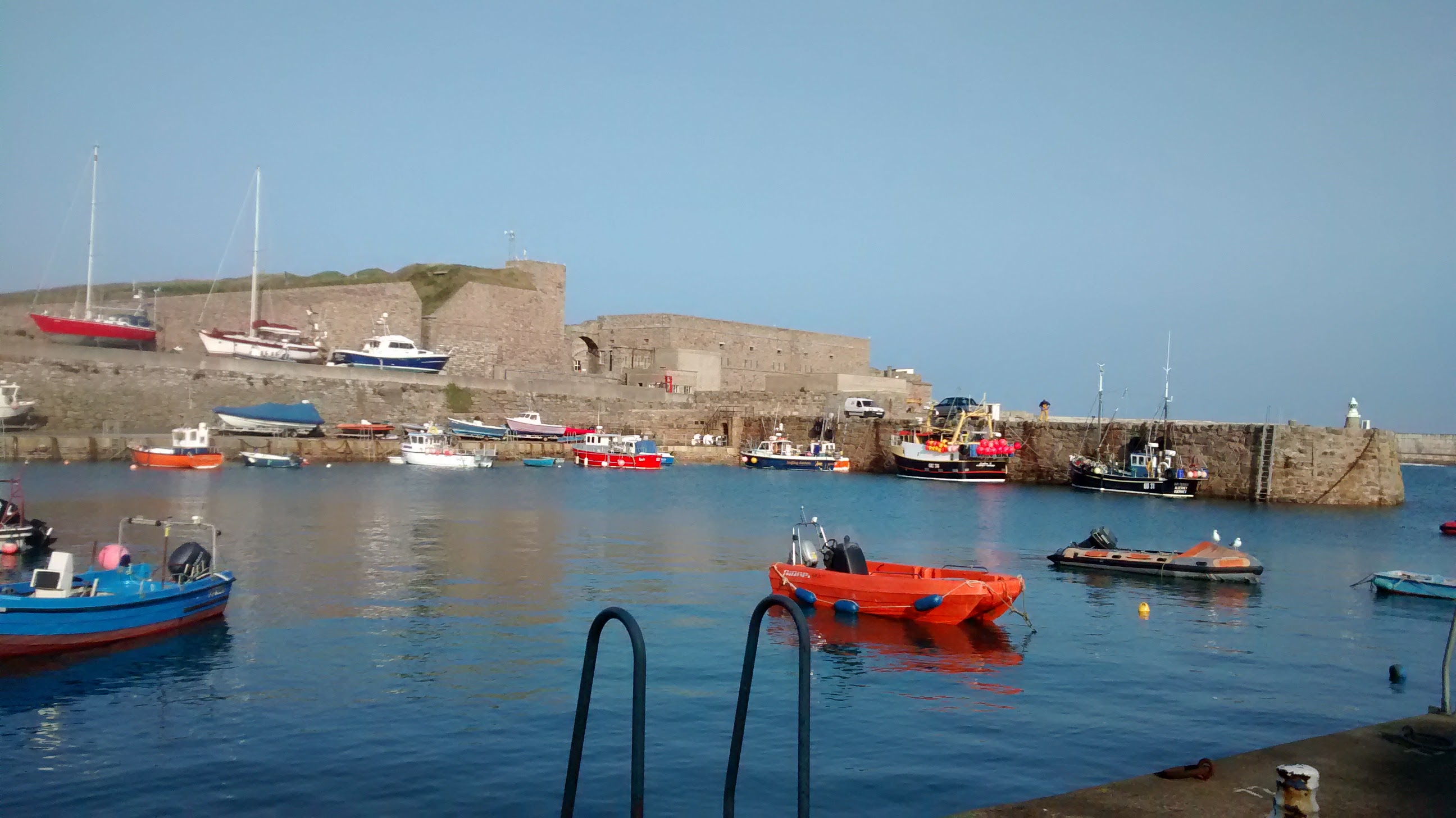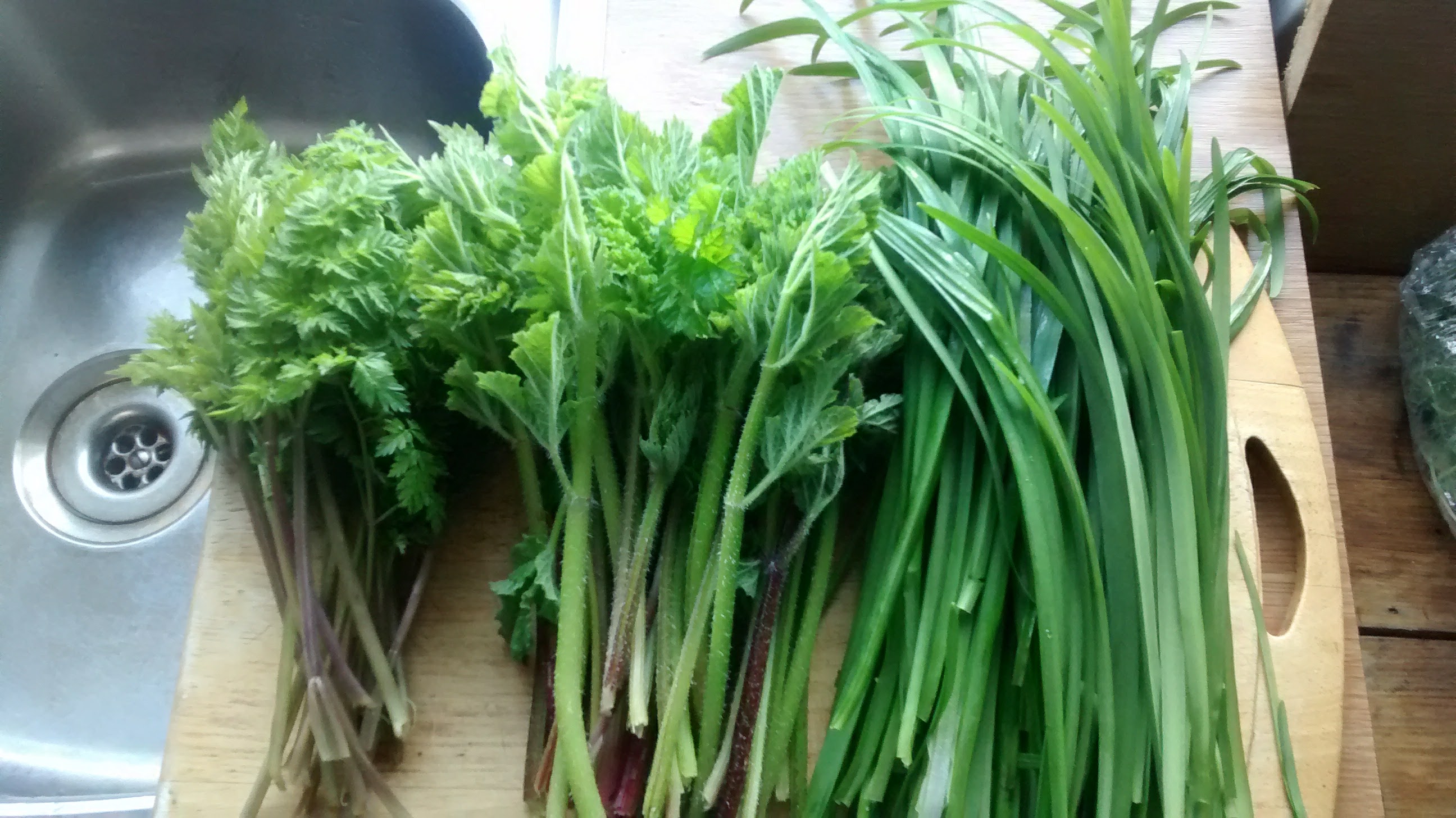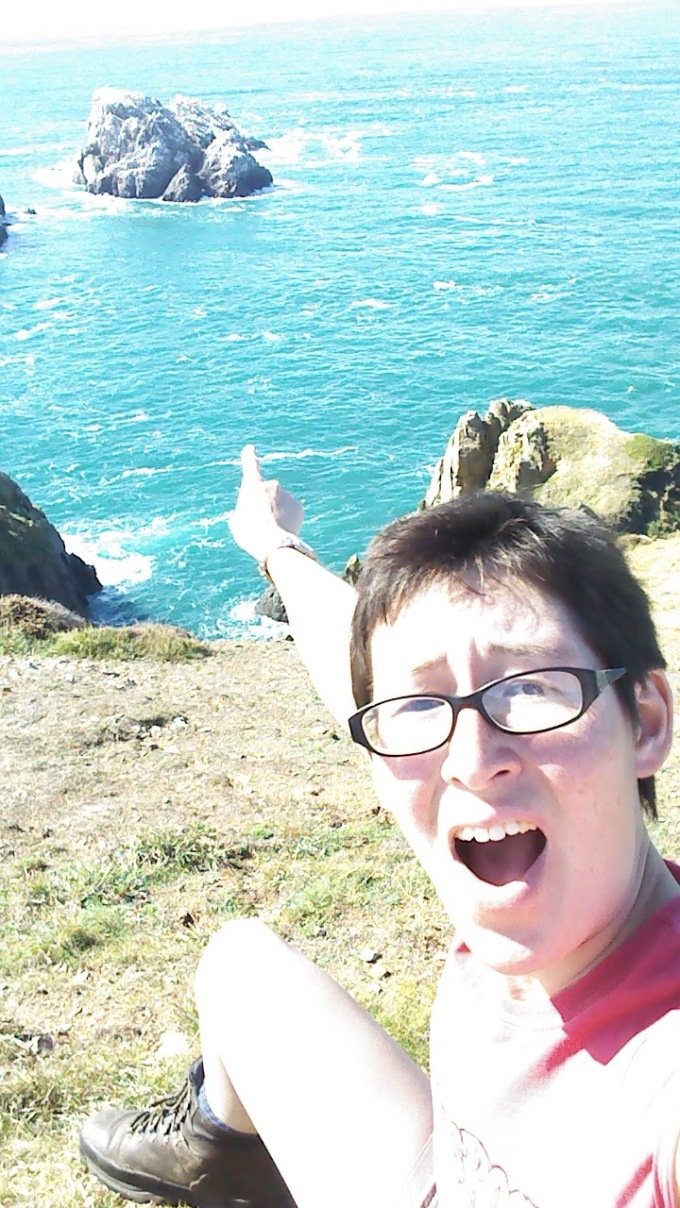I was thinking recently about what I would consider to be my most significant wildlife moments. I can think of four examples that have really stayed with me over the last few years.
Grass snake vs frog (July 2015)
This is maybe not the loveliest of starting points for great wildlfe experiences but it was an amazing glimpse of behaviour you don’t often get a chance to see.
I was walking and searching for butterflies with my sister. The first thing we knew was hearing a high pitched screaming that lasted for several seconds. We followed the sound and spotted a movement in the lush green vegetation of a wet flush near the edge of the field. Getting closer, we spotted this amazing sight!

A grass snake had caught a frog which was struggling to get away and it was the frog that was making the screaming sound. Unfortunately our presence disturbed the snake and the frog got away, but it was fascinating to see. Hopefully it didn’t go hungry.
Before then I had never realised that frogs could make such a loud noise, sounding almost like a baby or cat. This is a defensive behaviour which they use to scare off predators. I have heard it once more since, in a situation that was much eerier when carrying out a trapping survey for bats and night. We traced it then to a frog which was in danger of being predated by a cat but had managed to get away.
Wood crickets in New Forest (July 2018)
On a sunny afternoon in the New Forest, I was exploring Pondhead Inclosure when I gradually became aware of a quiet chirping in the background. They were clearly all around me and I looked closely, unable to see the source.
Each time I zoned in on an individual, listening for its reqular chirps, and creeping closer, as soon as I got too close, it stopped and I couldn’t find it. It took me a good 10 minutes, staying very still and quiet to eventually spot what was making the noise. They were wood crickets!
Wood crickets Nemobius sylvestris are small dark crickets, which are relatively scarce and locally distributed in the UK. Woodlands in the New Forest are a bit of a stronghold for them but they are very elusive and much more easily heard than seen. The males stridulate by rubbing the underside of their right wing over the left wing.
I only managed to spot a couple among the leaf litter before they quickly scurried under cover and wasn’t able to get any photos of the animals themselves but even the briefest of glimpses was a fantastic moment of connection. I hope that I will be able to take the time to find some more this year and try for some photographs though!
Oil beetle courtship (March 2019)
Insects have some amazingly complex behaviours when you really look closely and there’s so much we don’t know about why they do what they do!
I was very excited when I discovered a thriving population of these distinctive black beetles in my home town of Wareham. I have memories of finding them all the time as a child on walks around Corfe Castle and the surrounding hills and coastline. I’d never bothered though to try and really look and it’s amazing how many there were once we started counting. One day with my sister we counted 51 on a sunny morning in a relatively small area and could easily have missed many times more, hidden beneath the vegetation.
They are fascinating insects with an amazing life history, intimately entwined with that of species of solitary mining bees. That deserves a whole post to itself so more on these amazing insects to come this spring!

One of the most intriguing insect behaviours I’ve seen comes in the courtship behaviour of these awesome beetles. The male can be easily distinguished from the female by the strongly kinked antennae. One of the segments is flattened and curved round to provide a notch which the females antennae can be drawn through. The male strokes the females antennae before retreating to presumably check if she’s feeling receptive yet! He then moves back up her body for another go. She seems completely unbothered, and carries on eating…
I don’t think there is any real understanding of this behaviour or why they do it but it’s pretty cool and so many other insects have equally fascinating behaviour around courting and mating.
Osmia bicolor nesting (April 2020)
This is another amazing insect – these bees go to incredible lengths in their nesting strategy.
The red-tailed mason bee Osmia bicolor is a lovely bee found on chalk and limestone on grasslands and in woodland rides. They are an early spring species and females are very distinctive with a velvety black head and thorax and a bright fox red haired abdomen.
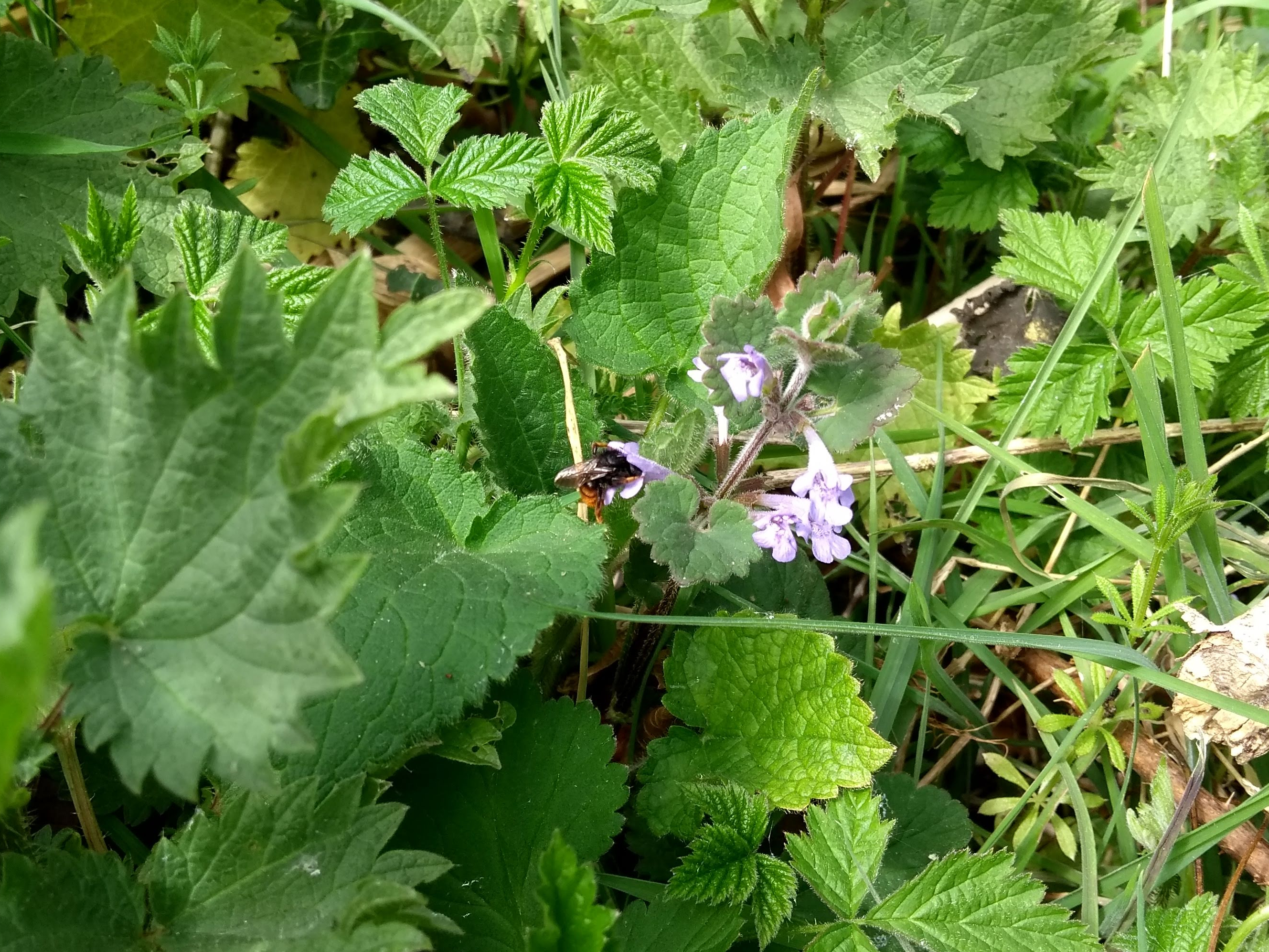
They are one of three UK species of mason bee that nests in empty snail shells, but not only do they do that, the bee also covers the outside of the shell with a mastic made up of chewed up leaves before covering the entire nest with an extensive stack of grass stems, and other dried vegetation that she carefully selects and laboriously flies back to the nest before positioning it precisely over the shell.
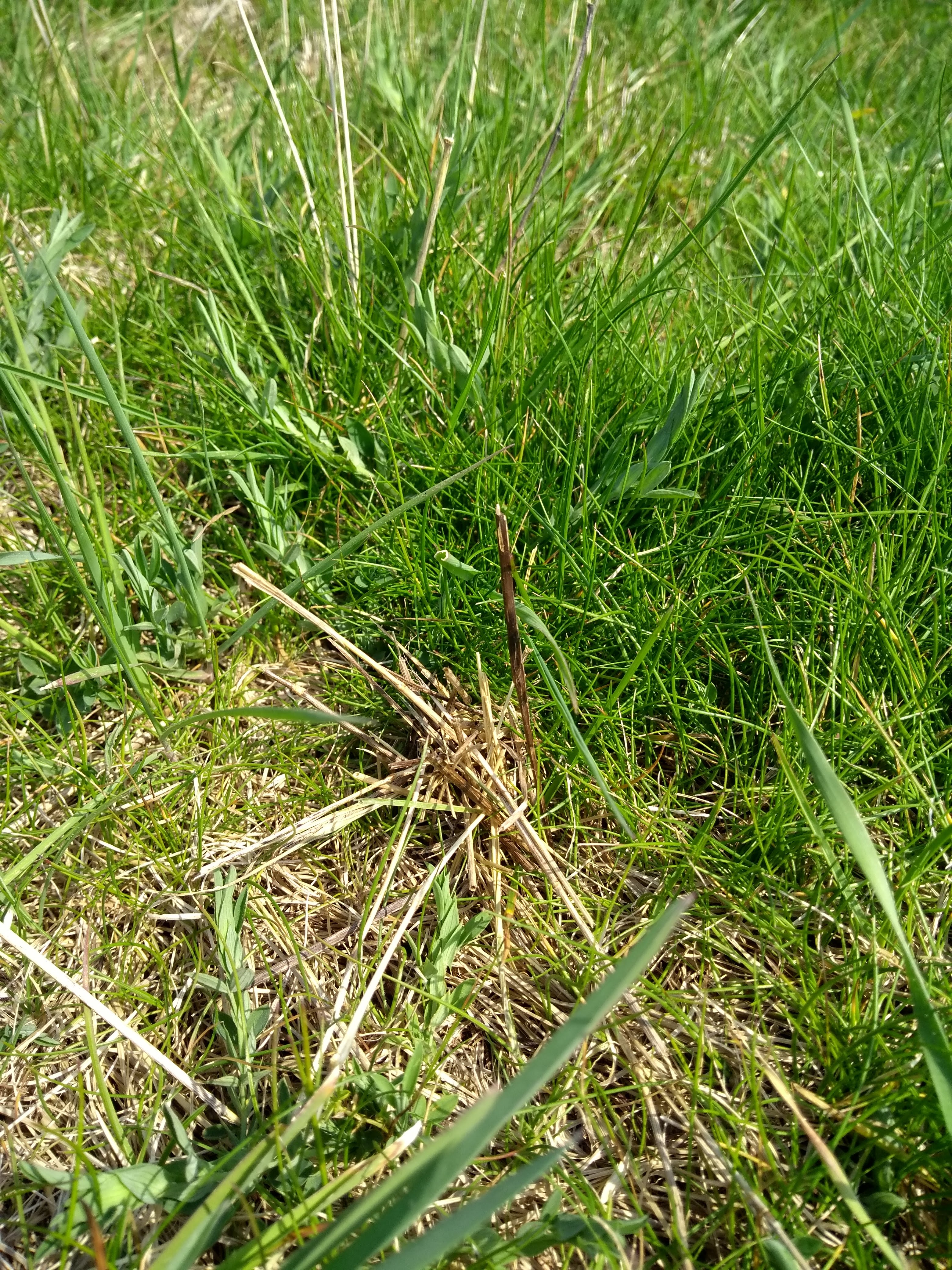
I first spotted this bee, a streak of orange flying low over the tussocky grassland of a field margin, encumbered by a length of dry grass at least eight times her body length. Recognising it immediately I hopped over the fence to see where she went – this was something I’d read about and heard about but not yet seen for myself!
Luckily, she was pretty conspicuous dragging such a long bit of vegetation and I followed her to her nest site – almost impossible to spot among the grass and something that you probably wouldn’t notice if you weren’t looking for it.
I watched her for about 15 minutes, flying off to find another piece of grass, a bright flash zig-zagging low over the tussocky grass. Several minutes later, she’s back, laden with another long stem which she threads into the stack, crawling below and vanishing beneath the stems. Then out she crawls and flies off again.
Taking a closer look while she was gone, I also spotted a sinister face beneath the nest – this was a crab spider Xysticus sp. lurking in the shadows. Can you spot it?!
These spiders are ambush specialists, waiting patiently on vegetation for an unsuspecting insect to stop by before pouncing. This one had clearly found herself a good spot, and although she clearly hadn’t had any success yet, she probably had a few more chances yet to come.

What most of these experiences have in common is that I wasn’t expecting them. I was aware of my surroundings and open to discovering new things.
The one exception to this is the oil beetle behaviour which I had read about and was hoping particularly to see. That didn’t make it any less exciting as it was part of my learning and engaging process, part of the thrill was to read and research these fascinating insects and to go out and make my own observations. Taking things deeper than superficial observations is one of the most important features of really engaging with nature.
I hope everyone has had the opportunity to experience nature in a way that has stayed with them. My aim is to make sure I keep going out and making opportunities for these moments.

